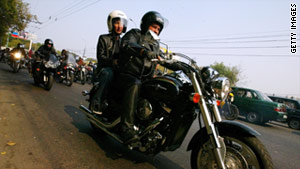
Estimate the Temperature from a Cricket’s Chirp
Curious about the temperature outside but don't have a thermometer or weather app on hand? You can roughly calculate the temperature outside using cricket chirps and a formula from the Old Farmer's Almanac.
As myth-busting site Snopes explains it, a physicist by the name of Amos Dolbear discovered that the temperature outside determined the number of times a cricket would rub its legs together to create its mating sound. By taking the inverse of this, folks figured out they could use it to cleverly calculate the temperature.
There are a few different schools of thought as to what the exact formula is, but the most reliable seems to come from The Old Farmer's Almanac. It states the following method:
To convert cricket chirps to degrees Fahrenheit, count number of chirps in 14 seconds then add 40 to get temperature. For example: 30 chirps + 40 = 70° F
To convert cricket chirps to degrees Celsius, count number of chirps in 25 seconds, divide by 3, then add 4 to get temperature. For example: 48 chirps / 3 + 4 = 20° C
The main difficulty with this method: You've got to be able to single out one cricket from many. Photo by me'nthedogs. Photo by Mark Robinson.
![]() Cricket Chirps: Nature's Thermometer | Old Farmer's Almanac
Cricket Chirps: Nature's Thermometer | Old Farmer's Almanac


